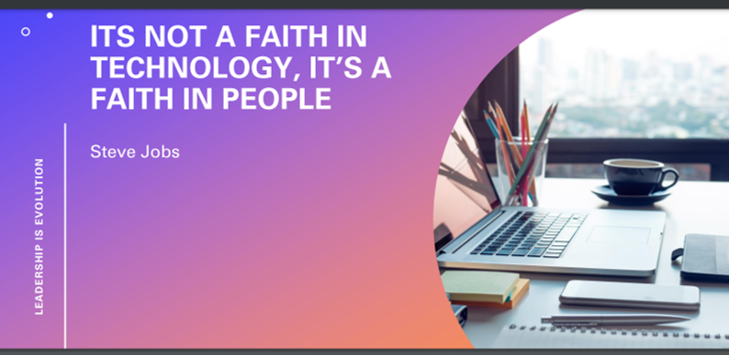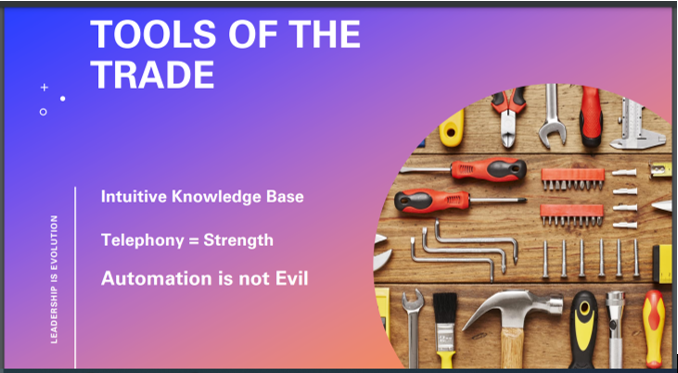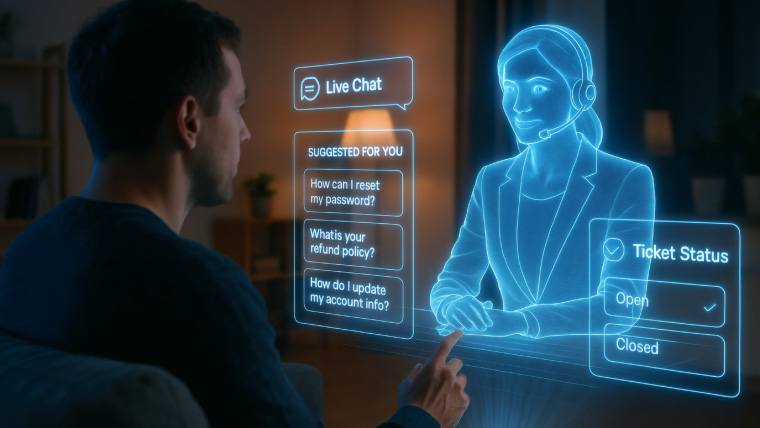Session Abstract
The one constant in the contact center ecosystem is change. The key to success is to have a methodology that blends time tested strategies with the ever-shifting needs of the business. Dynamic leaders can pivot with technology, process, and people changes.
Key Take-Aways
- Insight on the shifting work culture facing today’s contact center leader
- Tools needed to manage today’s workforce
- Success factors for today’s dynamic leader
One of the top Customer Engagement Leadership Council Critical Issues for 2023, Leadership in an Evolving Contact Center Ecosystem, was the topic of a recent Virtual Event led by Chris Goostree, Director of Contact Center Operations, TMX Finance Family of Companies. Chris leveraged his extensive and varied experience leading customer service operations at organizations like Toyota, Netflix and 24-7 Intouch to address what it takes to lead contact centers in an era of rapid technological and workplace change.
The session began with a question to participants: What’s your biggest challenge driving change in the contact center? Although the members had different responses, several recurring themes emerged. For many of the contact center mangers, keeping up with technology, managing change and keeping agents informed and engaged were critical leadership challenges. Some of their specific responses are outlined below:
Technology challenges
- Making sure the contact center stays digitally focused, and educating my employees about it
- I want to drive consistency across all contact centers with our capabilities and channel offerings
- Keeping up with constantly evolving technologies. There have been huge changes in the past three years, including more connected devices and platforms
Change management challenges
- Trying to be a good change agent and explaining changes to my team. Giving real time info in bite size pieces often helps
- Managing the fast pace of change and “change fatigue.” There are a lot of new systems affecting my team’s lives
- Managing all the enhancements and maintaining stability across different ecosystems while meeting financial goals
- Connecting change to the customers via front line manager’s understanding and adoption of tools and strategies
Agent engagement and training challenges
- Helping customer service reps understand the need for change and integrate new technologies to meet customer needs
- Introducing change and managing adoption and success rates with hybrid teams
- Optimally using technology for quick agent learning
- Dealing with turnover and training new employees
Noting that he would be providing insights and ideas to help customer contact leaders address these challenges, Chris shared his belief that the “C” in contact center has always stood for change. He observed that we are all creating the post-covid world every day, and that “leadership is evolution and evolution is leadership.”

Chris pointed out that all those “this is how we’ve always done it,” team members will need to shift in this era of rampant change and identified some classic positive and negative team member types. Managers will need to keep “Debbie Downer,” and “Mr. Know It All,” in check, and balance them with “Tyler Try Hard” and “Carrie Creative,” – the kind of team members who are built for change and often bring new ideas and solutions to the workspace.
It’s also important to notice those team members and co-workers who can pivot and stay mentally and emotionally agile. Capitalizing on these capabilities can help managers build more efficient teams. Look for those traits in your existing talent pool or when hiring. Equipping staff with good automation tools is also important. The best companies will use automation to help humans. Finally, building a shareable knowledge base for your contact center agents can help them easily access and manage all the data – and changes.

Member Discussion
As the virtual event came to a close, Chris fielded a few questions and asked members to add their own thoughts and experiences leading teams through change. Key takeaways included:
- Leadership must be consistent in change management communications
- Build teams with diverse skill sets; you may need to find new employees with different skills in order to jumpstart progress
- Choosing technology providers can be complex and difficult. Create a checklist of must haves and know your deal-breakers
- It’s important to keep your agents – the main technology users – in mind when evaluating new technologies, equipment and vendors
- Message centers and integrating channels were game-changers for some members and their contact centers
Patricia Jacoby
Content Specialist, Marketing
Frost & Sullivan



